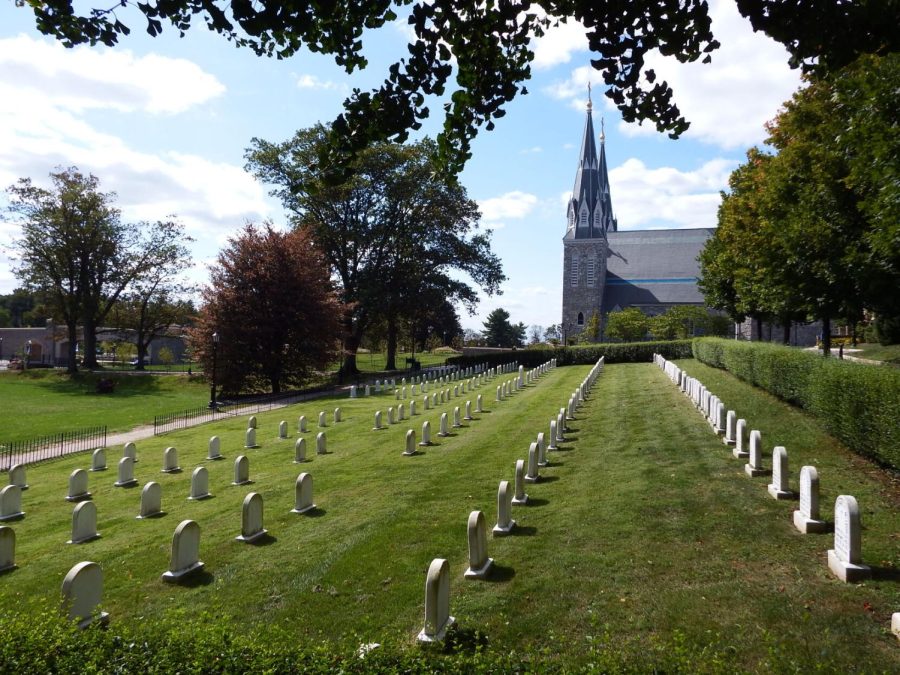University Unveils New Sustainability Plan
The University plans to decrease greenhouse gas emissions by at least 50 percent.
November 4, 2020
On Oct. 27, the University released its new sustainability plan. The Villanova Sustainability Leadership Council (VLSC) was recently established in order to determine a plan that outlines theUniversity’s sustainability efforts into the next decade. The VLSC receives support from five committees; each committee is governed by a council member and concentrates on a specific University function.
University President Rev. Peter M. Donohue, Ph.D., O.S.A. addressed members of the community in a letter that was sent via email.
Father Peter explained that the sustainability plan promotes an inclusive definition of sustainability that is rooted in the Augustinian tradition. The University’s plan also considers the 17 Sustainable Development Goals that were released by the United Nations in 2015.
The Sustainability Plan is based upon five decision-making methodology. The first is to ascertain the priorities of the Villanova Community. The second is to adjust the Sustainable Development Goals put forth by the United Nations in order to adapt to the University’s needs. The third is to define metrics and determine a baseline measure for each objective of the plan. The fourth is to decide upon key results in order to gauge advancement towards a goal of the plan. The fifth is to improve University performance and raise the baseline score through creation of new initiatives.
The University seeks to achieve certain highlights that are outlined in the Sustainability Plan. These highlights include Renewable Energy, Biodiversity Plan and Hiring for Villanova’s Future.
The University entered a purchase power agreement and will now supply 50 percent of its campus with regional hydroelectric power; the goal is to increase this supplication to 100 percent by 2030. The VLSC assessed the biodiversity of the University’s campus and created a plan to broaden the number of native plants and promote synergy with the biosphere.
The hiring staff are receiving training in order to ensure that the University’s hiring process is reaching diverse communities and developing opportunities. Additional highlights are Academic Institute, Meal Donation Program, Parish Workshops and Faculty Workshops. An interdisciplinary institute will be created and serve as an academic home for research, courses, and community outreach; this institute will focus its efforts on sustainability.
Through the new sustainability plan, students will have the option to donate extra meals to another student in need. Workshops will be offered in local parishes that enable patrons to consider their environmental footprint. Sustainability workshops will also be available to faculty, staff and students, and members of the surrounding community.
The Sustainability Plan concisely outlines the goals that the VLSC and the University hope to achieve. These goals are outlined as: Energy, Waste, Carbon, Food, Health, Wages, Hiring, Academics. Through this new plan, the University expects to obtain 100 percent of electricity through renewable sources. Single-use plastic will not be sold on campus; pre- and post- food waste will be disposed of from landfill or incineration.
The University will decrease greenhouse gas emissions by at least 50 percent. Food insecurity will be eradicated for students, faculty, and staff. The University will be a tobacco-free campus. Students and employees will earn a living wage. Women will hold 50 percent of positions in managerial or leadership roles. A University Institute of Climate, Justice, and Sustainability will be created.
At the center of the Sustainability Plan is the University principles of Unitas, Veritas, and Caritas. The plan seeks to promote an ethos of a lifestyle based on sustainability within the Villanova community.


